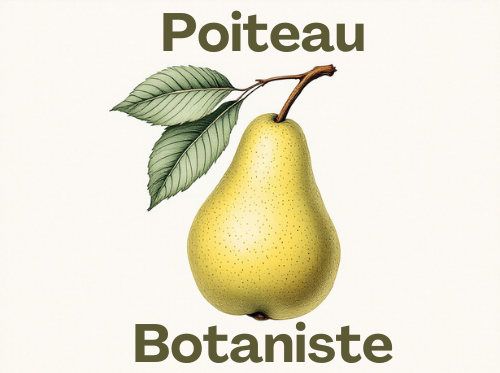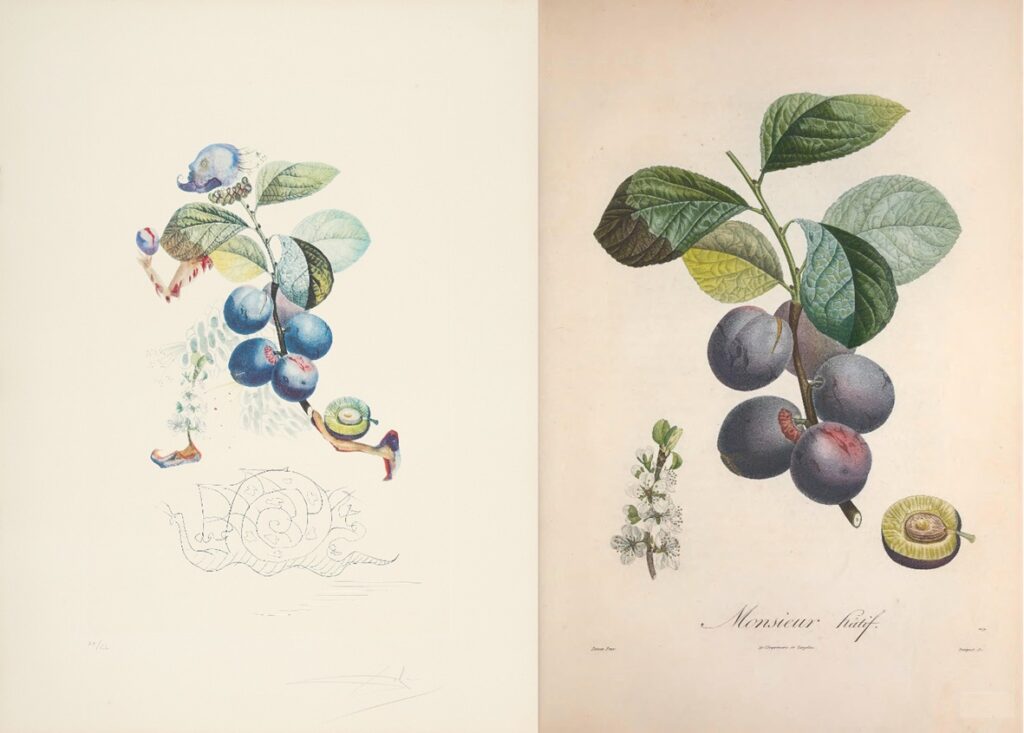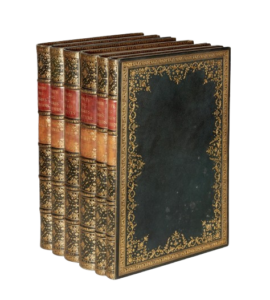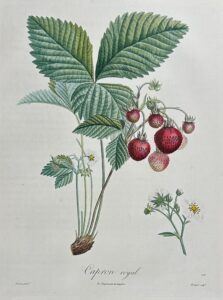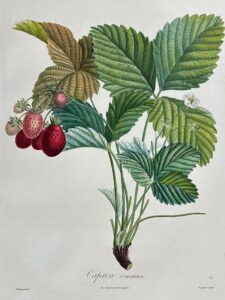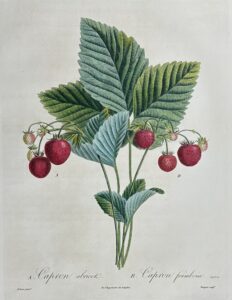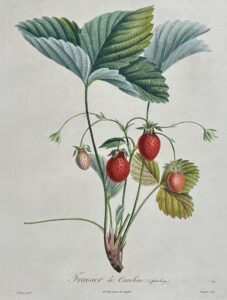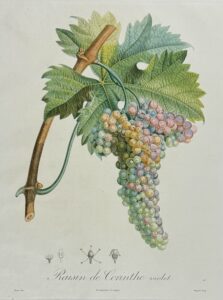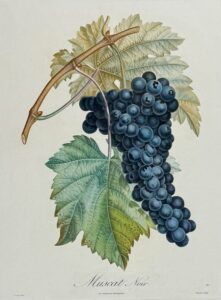A monument to 19th-century horticulture and botany
Immerse yourself in the fascinating story of “Le Traité des Arbres Fruitiers” (“A Treatise on Fruit Trees“) a masterful work where science and art come together. Written by Pierre-Antoine Poiteau and Pierre-Jean-François Turpin, this 19th-century work has left its mark on the history of pomology, thanks to its detailed descriptions and stunning illustrations.
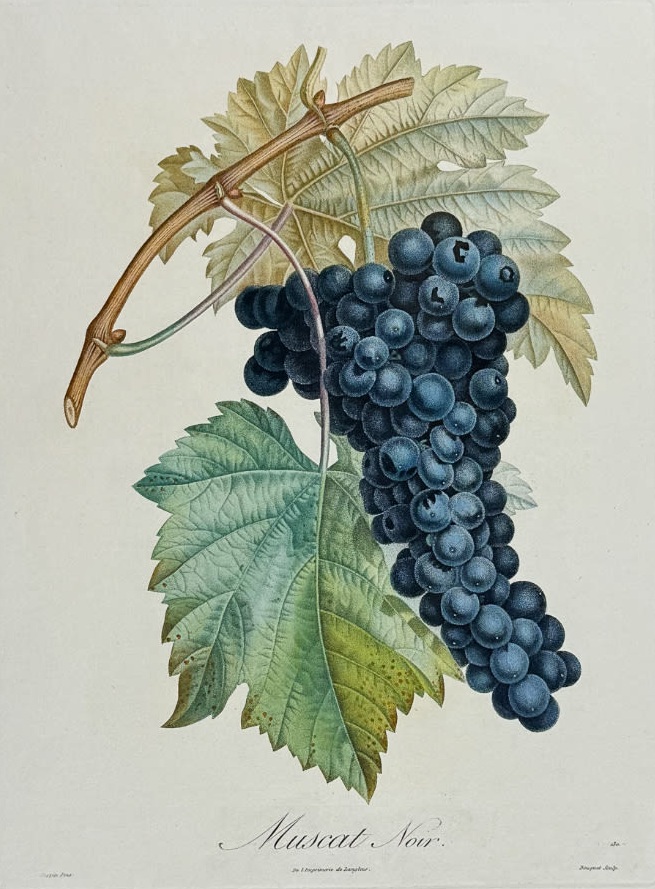
The context and genesis: A work born from a passion for plants
The early 19th century was a period of scientific excitement. Growing interest in botany and horticulture drove scientists to explore, classify, and document the richness of nature. But existing classification systems, such as Linnaeus’s, still lacked depth for some botanists.
Pierre-Antoine Poiteau , passionate about plants since his apprenticeship at the Jardin des Plantes, was driven by the need to convey precise descriptions of the fruit trees he had studied. From 1807, encouraged by his mentor, André Thouin , he joined forces with Pierre-Jean-François Turpin , a talented illustrator, to take up and enrich the work of Henri-Louis Duhamel du Monceau : ‘Traité des arbres fruitiers’ published in 1768.
What was supposed to be a simple reissue quickly transformed into a unique project , combining scientific rigor and artistic beauty.
An exceptional creation: Where science and art meet
Two talents at the service of a work: Poiteau, a horticultural scientist and illustrator, and Turpin, a botanical artist, work hand in hand to produce a work that is as educational as it is visually impressive.
- An expanded reissue: This treatise goes far beyond its original model thanks to the addition of new varieties of fruit trees and detailed illustrations.
- A thematic refocusing: Unlike other encyclopedias, Poiteau and Turpin choose to focus exclusively on fruit trees, going into greater depth with each description.
- Remarkable illustrations: The plates present complete branches—leaves, flowers, and fruit—in their natural size and color . These details allow for precise identification, while also providing a real aesthetic pleasure. And while Duhamel’s book contained 200 illustrations, Poiteau and Turpin’s version contains over 400 in full color, rendered more faithfully thanks to new printing techniques.
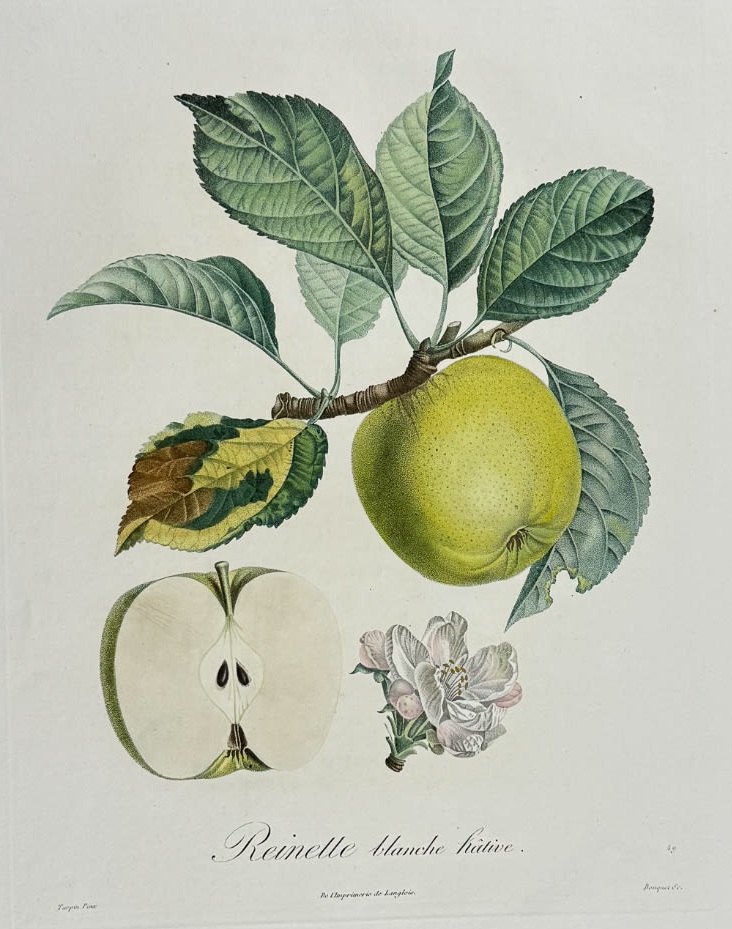
Publication: Financial challenges in troubled times
A scientific success… but a commercial challenge:
Despite the exceptional quality of the treatise, its publication was marked by financial obstacles, particularly due to the political and economic instabilities in France in 1815 .
The high cost of color engravings and the reluctance of subscribers led to the publication being suspended for an indefinite period.
However, thanks to the perseverance of the authors and the support of influential figures, the publication of the work resumed after 15 years . The publication of this work thus extended from 1807 to 1835.
In the years that followed, favorable reports were presented to the Academy of Sciences, consolidating the treaty’s place as an essential reference in the field of horticulture.
Even today, art lovers recognize this version of the Traité des arbres fruitiers as one of the most beautiful and rare books on fruit, with many magnificent plates.
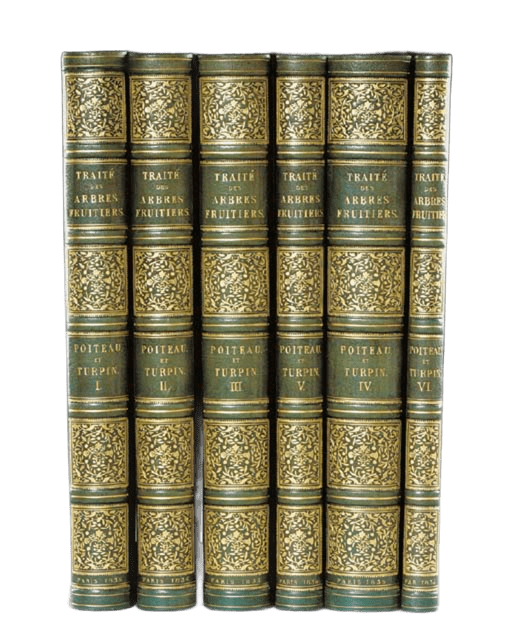
Legacy and influence: A work that spans the centuries
A model for pomology and botanical illustration
The descriptions and illustrations in “Traité des Arbres Fruitiers” marked a turning point in the way plants were documented. Precise, detailed, and elegant, they influenced generations of scientists and artists.
A source of artistic inspiration
The treatise’s plates continue to inspire contemporary artists. For example, in 1969, Salvador Dalí used illustrations by Poiteau and Turpin to create his FlorDali (Fruits) lithograph series . An exhibition was held in 2024 at the Dali Museum in Florida ( Dalí’s Floral Fantasies ). You can see some of the plates in the dedicated article: FlorDali: Surrealistic Fruits.
A reissue testifying to its importance
In 1862, the work was republished by M. Dubreuil , proof of its lasting success and its role as a reference in horticultural science.
Rediscovering the “Traité des Arbres Fruitiers” Today
Although published in the 19th century, the “Treatise on Fruit Trees” remains an invaluable treasure for those passionate about botany, horticulture and art.
As this work is rare, there are only a few dozen plates available on the Web. Here are a few of them:
(Photos credit: Sothebys, Trillium Rare Prints, Poiteau-Botaniste.com)
If you would like to discover other magnificent illustrated plates from the Traité des arbres fruitiers , please note that they have been reused and enriched in Pomologie Française . Discover how this work extends Poiteau’s botanical legacy by consulting our dedicated article: Pomologie Française: a gracious testimonial.
Did you know?
A unique copy of the Traité des Arbres Fruitiers, illustrated by Pierre Antoine Poiteau and Pierre Jean François Turpin , sold for the astonishing sum of 3.36 million Euros in 2006 at an auction in Brussels!
This is the version containing the 421 original drawings on vellum by Poiteau and Turpin. These were reproduced by the publisher’s engravers to ensure the books were printed.
